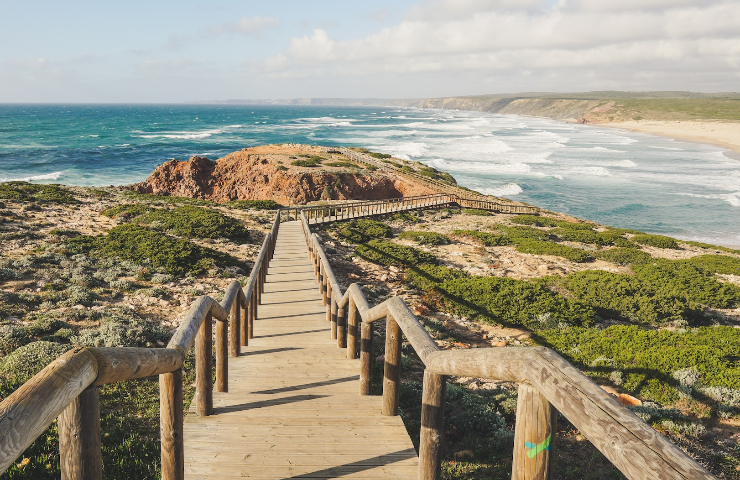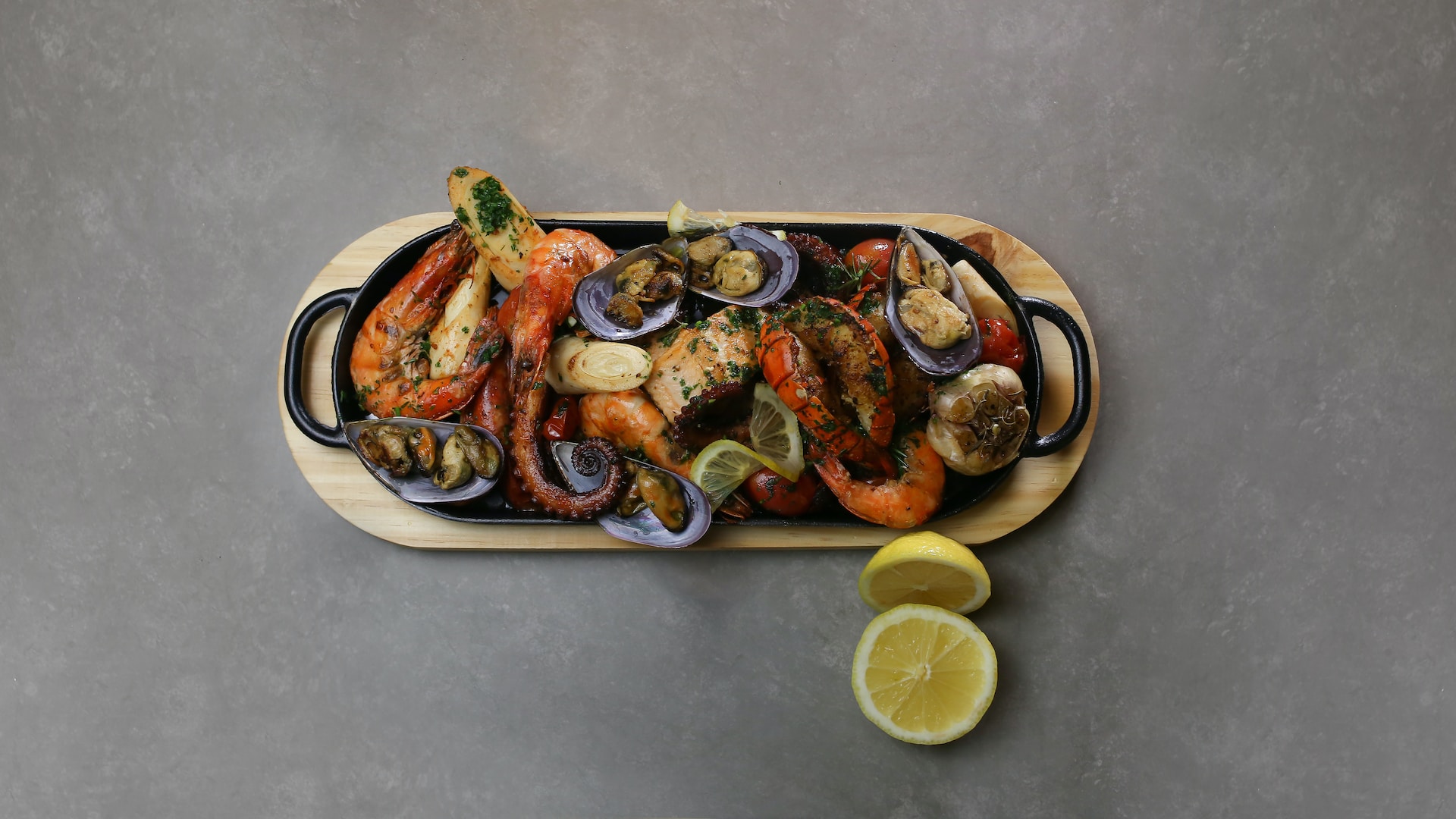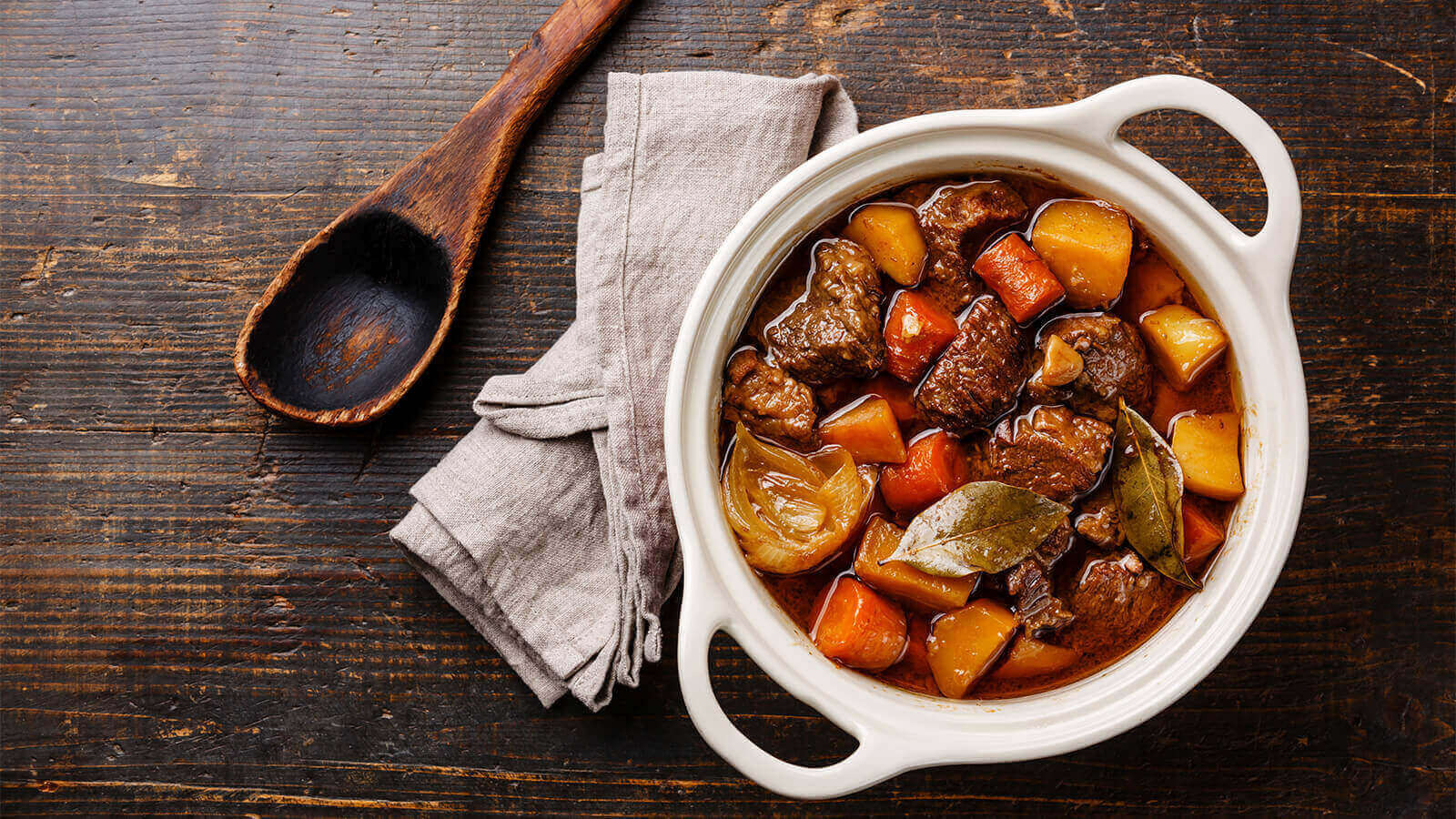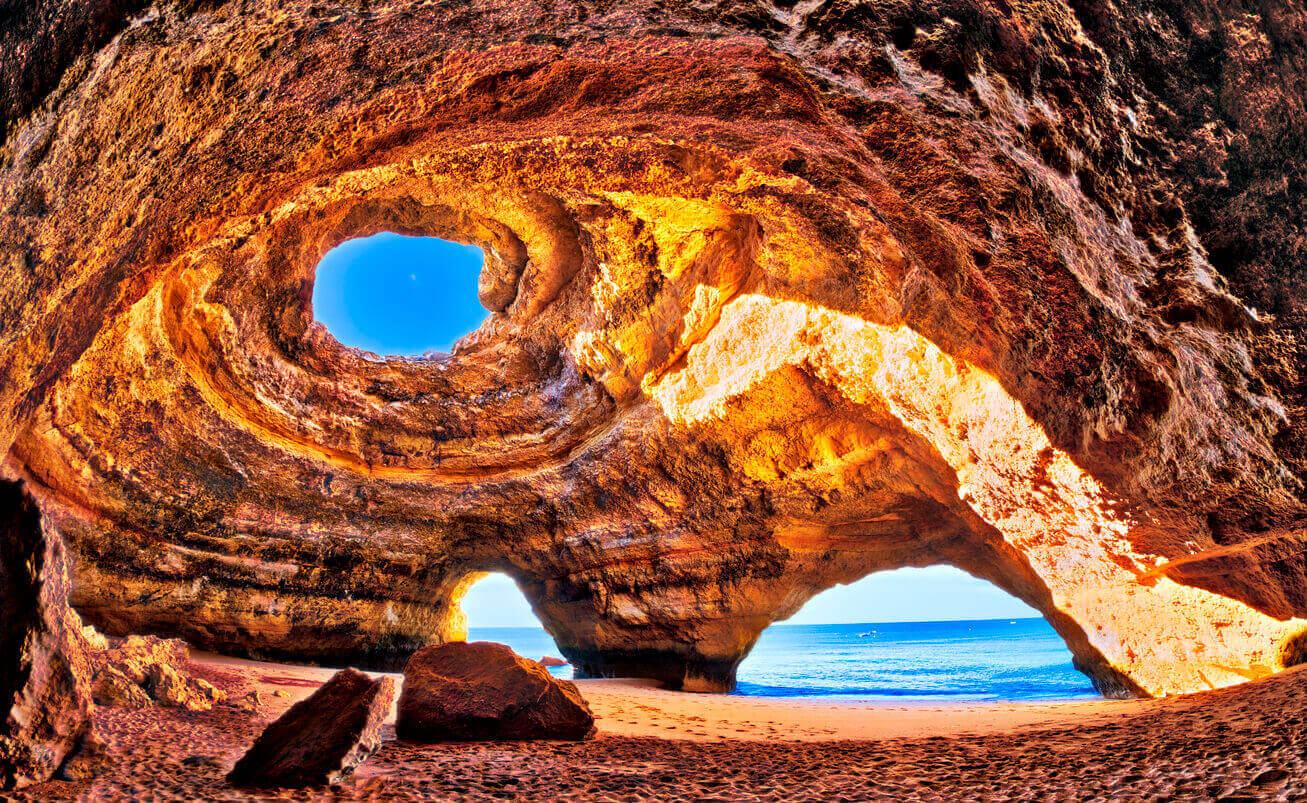
WHAT TO DO IN THE ALGARVE
Share this news, choose your social media!
Portugal is definitely a diverse country. Its territory is vastly distinct between the north and south, and the Algarve is, without question, one of the most captivating regions where you should spend some days relaxing, visiting the old towns, learning about its gastronomy, and undoubtedly enjoying the golden sands with crystal clear waters.
Being authentic connoisseurs of the whole country and with years of experience, our tours are fully tailor-made and customizable for you, so you can have an unforgettable experience of a lifetime. Are you a history buff and would like to visit Gothic churches or Renaissance markets? Do you prefer just to savor the huge array of fish at the local and traditional restaurants? Or instead of lying on the sand, are you up for a hike in one of the most amazing locations in the country? Say no more. At Across Portugal, our goal is to listen and deliver. Nevertheless, you need to plan ahead before visiting this idyllic coastal gem. We are always prepared to make your holidays the top-notch and the most enjoyable experiences for everyone. With this list, you will get to know what to do in the sun-soaked region of the Algarve, one of the most popular destinations in Europe.
The heart of the summer and seaside vacations in Portugal, the Algarve is the southernmost territory that invites you to uncover its wonders, and enjoy unforgettable experiences if you are looking to travel to Portugal.
This sun-kissed region is known for its breathtaking ocean viewpoints, golden sandy beaches, pristine waters, hidden grottoes accessible only by boat, prime fish cuisine, and much more. The true destination not only for water goers and lovers but also for spending a few days to learn about Portuguese history and culture, since this region goes back to prehistoric times. Definitely the most procured destination also for expats who wish to spend their retirement in sunny weather towns, much similar to Miami or California. The Algarve is the ultimate holiday destination where a glass of wine, paired with some tapas, and a picturesque seaside view will make your day a memorable one.
1 – Explore the beaches
Undoubtedly, the Algarve is renowned for its coastal landscapes, and blue waters. A tourism paradise almost 200 km wide, this sunny coastline invites you to water activities, seeking the perfect blend between adventure and relaxation. Iconic beaches such as Praia da Rocha, Praia da Oura, or Praia da Falésia are often sought by its golden sand, warm weather, and waterfront restaurants.
Almost all year round, the Algarve’s beaches are a mandatory hot spot if you are, indeed, a sun lover. Aside from the crystal clear waters, the Praia Benagil, one of the Portuguese natural wonders can be visited, and holds an otherworldly cave. The Benagil Cave presents as a small grotto with a hole above where natural sunlight illuminates this spot. Dusk-orange and brow colors decorate the walls around the cave, giving the impression of a colorful kaleidoscope, especially during twilight time.
Another natural wonder by the beach, in Praia do Carvoeiro, is the Algar Seco. A set of jaw-dropping sea caves with hidden viewpoints towards the Atlantic Ocean, and ocean pools where you have the chance to hike alongside a trail and be amazed by this stunning rock formation. A labyrinth of limestone and granite rocks that a few architects state were shaped by the Gods themselves, but it was in fact by the force of nature all over the centuries that gave us this amazing set of grottoes.
Much more than sandy beaches and pristine blue waters, the beaches of the Algarve are the perfect combination for those who would like a set of adventure and visit the caves, hike along the water, take panoramic pictures, or even enjoy any water sports.
2 – Taste the delicacies of the south
While you are in the south, the best way to learn about the region’s culture is through food and wine, and Portugal holds a prime Mediterranean cuisine sought by worldwide chefs.
Exploring the Algarve’s delights is a popular and tourist attraction. Fresh seafood, out of the ocean and to your plate, paired with rice is typically known in the Algarvian cuisine. This mouthwatering seafood stew recipe is a combination of shellfish, clams, and monkfish which paired with the perfect wine is an exquisite delicacy on a hot summer day. For those who are not so keen on seafood, a huge plethora of fish can be tasted as well: grilled sardines with salad and boiled potatoes, sea bass, sea bream, and other types of fish are abundant in every town, such as Lagos, Tavira, Albufeira, Portimão and much more.
Octopus, grilled, roasted, or boiled, is another must if you are a curious gourmand, and wish to learn a bit more about the Portuguese delicacies. This and the aforementioned delights have a great Arabic and Moorish influence, especially due to Portugal, during the Middle Ages, being divided between Christians in the north and Arabs in the south. Commerce and trading were engaged between different ethnicities throughout the centuries, hence the blend of Arabic-Mediterranean cuisine has been developed.
Highlighting the Algarve’s signature wines, this region is about quality over quantity, a small entrepreneurial wine territory where a few wines are popular due to the Atlantic weather contributing to the production of unique wines. Lagoa, Lagos Portimão, and Tavira are the designated wine towns, whereas the famous ones are Negra Mole, Castelão, and Trincadeira. Whether you are a red wine lover, a white aficionado, or even a rose taster, the Algarve has its own share of fine and excellent table wines.

3 – Stroll through the old towns
These quaint and Moorish-type architecture towns are real treasures concerning cultural heritage and historical landmarks. Take a break from the beaches, and save a few hours visiting towns like Albufeira, Lagos, or even Tavira.
Charming and historical towns with a unique character. Albufeira, for example, used to be a small fishing village, it is nowadays a tourism hub for travelers and tourists. With pale white limestone and granite buildings, the most popular landmarks are the Clock Tower the Santana Church, and the main avenue where you can admire a bohemian side of Albufeira, full of restaurants and nightlife bars.
The capital of the Algarve, Faro, shares captivating sites. Enclosed by the old walls from the Dark Ages, strolling through the charming cobblestoned streets and observing the Moorish whitewashed houses, you will be blown away by this picturesque old town. Faro’s Cathedral, from the 13th century, the waterfront, and the Ria Formosa park are the main attractions.
Lagos hosts a combination of Roman and Moorish influences, being one of the most important towns during the Golden Age of the Discoveries. Once a trading port where many merchants arrived and departed to the Indies, Lagos is currently one of the high-end touristy old towns in the Algarve. Several landmarks can be uncovered: Santo António Church; Square Infante D. Henrique, a homage to the great Portuguese navigator; Lagos Museum, a center of arts and crafts, and a Slave Market dated from the 15th century.
If Aveiro is traditionally known as the “Venice of Portugal”, Tavira is acknowledged as the “Venice of the Algarve”.
Nestled along the Girão River, Tavira’s old town has its elegant and quintessential architecture like the Castle, a Roman Bridge, and the Santa Maria do Castelo Church. Similar to Lagos, used to be one of the ultimate trading hubs during the Renaissance period. After walking around the old town, save some time for a boat trip to the Ria Formosa.
Charming old alleys, Moorish whitewashed houses, medieval churches, and Roman artifacts are a few of the many historical wonders that can be discovered when you visit the southernmost region of Portugal.
4 – Hike in the Serra do Monchique
Are you a hiking enthusiast? On your way up north, away from the main seaside towns, there’s Serra do Monchique, a haven for nature lovers who are staying in the Algarve and wish to discover a bit of this region’s countryside.
Serra do Monchique encompasses approximately 16 kilometers wide, whereas the main topography is rolling hills, lush green valleys, secluded villages, and tucked-away glamping sites to immerse yourself in nature.
Many trails and hiking paths are available. The Caldas de Monchique Trail ensures a hiking path where hot springs can be found, sharing a spa and relaxing experience after a long walk in the mountain. Another popular one is the Foia Trail, considered the highest point in the Algarve, the perfect landscape to pack your backpack and hike through the valleys of eucalyptus and cork oak trees.
These hiking experiences are just one hour away from the coastal towns and can either be self-guided or with an experienced tour guide or tour company. They provide the best hiking paths, hidden vista points to the summit and adapt the trail according to your physical conditions.
5 – Head to the westernmost point of Europe – Cabo de São Vicente
When the sun is at the right spot, the perfect timing to capture the perfect photo, and the Atlantic Ocean is your landscape, then the Cabo de São Vicente is the ultimate landmark for photo lovers to fully enjoy one of the most beautiful vistas in Europe.
In ancient times, many legends were created around this historic landmark. A few used to say it was the edge of the world, while others argued sea monsters were nestled here, and drove away those brave sailors who would like to venture into the unknown oceans.
Today, this rugged and rocky coastline is considered a mandatory hot spot for travelers who wish to shoot unique and magnificent pictures. With a picturesque 19th-century lighthouse, built upon the ruins of a Franciscan Convent, this natural landscape is located in Sagres, a small town in the southwest of Portugal. At the tip of the Iberian Peninsula, Sagres held great importance during the Age of the Discoveries, where Henry the Navigator developed a seafaring school here, to prepare future navigators, sailors, cartographers, and much more to roam to the Portuguese colonies.
With superb and jaw-dropping views, the Cabo de São Vicente belongs to a natural area where fauna and flora inhabit the territory. Many travelers, aside from spending a couple of hours watching the vista points, also save some time for bird watching, especially this place being one of the nesting areas of many bird species.
Best of Portugal

Best of Portugal
See MoreTaste of Portugal

Taste of Portugal
See MoreAll About Portugal
